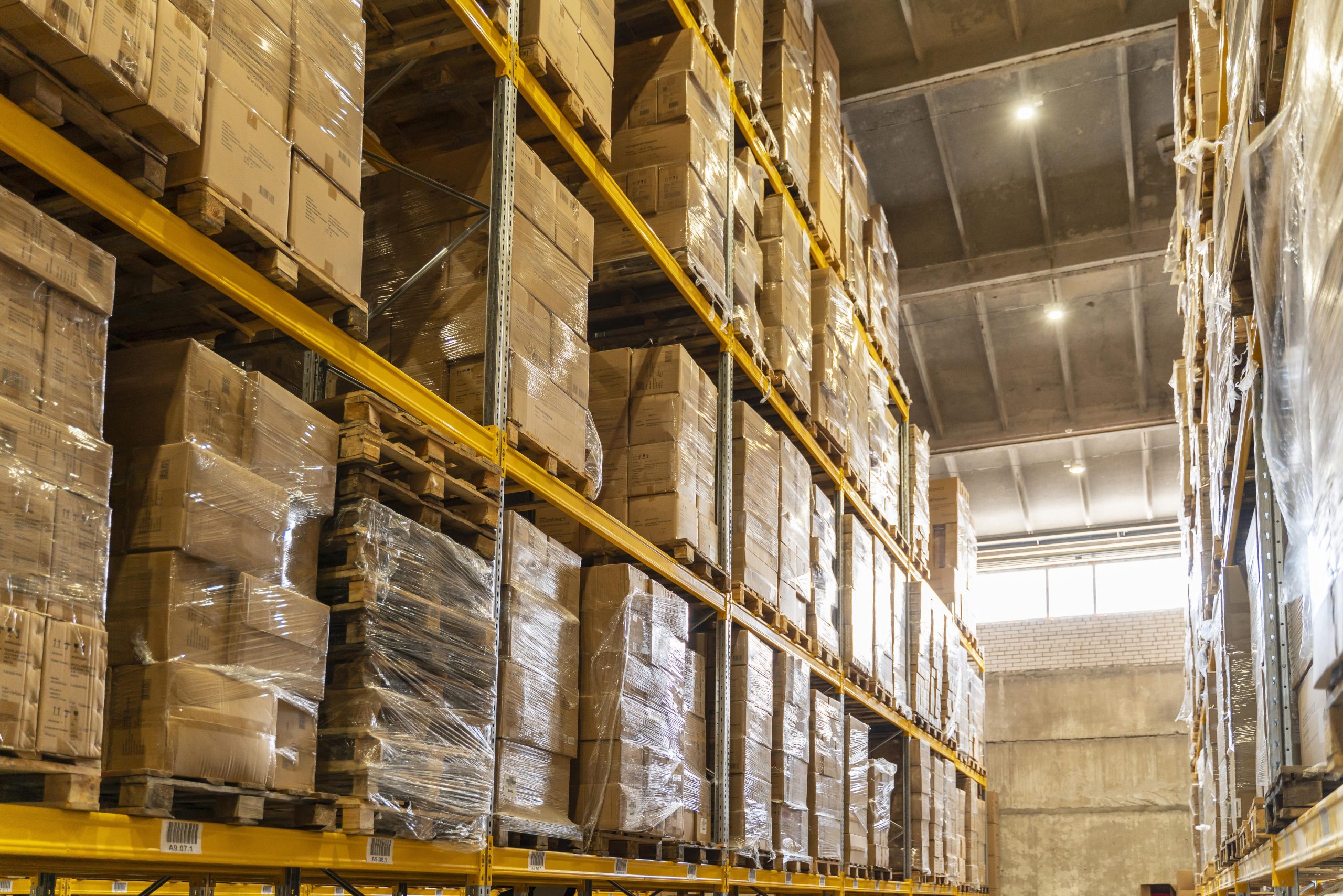Pallet racking systems are essential for efficient warehouse operations, providing storage solutions for goods and materials. However, ensuring the safety and structural integrity of these systems is paramount to prevent accidents and maintain productivity. One of the key ways to achieve this is through regular inspections, with the SEMA (Storage Equipment Manufacturers’ Association) guidelines playing a crucial role in setting industry standards.
Understanding SEMA Pallet Racking Inspections
SEMA, a leading authority in storage equipment safety, has established guidelines for the inspection of pallet racking systems. These guidelines outline best practices for inspecting and maintaining racking structures, ensuring they meet safety standards and regulations.
Importance of Inspections
1. Safety Compliance: Regular inspections help warehouse operators comply with Health and Safety regulations. By identifying and addressing potential issues early, inspections reduce the risk of accidents and injuries. Pallet racking is classed as work equipment and therefore comes under the Provision and Use of Work Equipment Regulations 1998 (PUWER).
2. Preventative Maintenance: Inspections are not just about identifying existing problems; they also help prevent future issues. Detecting signs of wear, damage, or overloading early allows for timely repairs and replacements, thereby extending the life of the racking system.
3. Optimising Operations: Well-maintained racking systems contribute to efficient warehouse operations. By ensuring that racks are structurally sound and properly configured, inspections help maximize storage capacity and streamline inventory management.
Key Components of SEMA Pallet Racking Inspections
1. Initial Inspection: New racking systems should undergo a thorough inspection upon installation to confirm compliance with SEMA guidelines and manufacturer specifications.
2. Regular Scheduled Inspections: Routine inspections should be conducted periodically (typically annually) by competent personnel trained in SEMA guidelines. These inspections involve a detailed assessment of the racking system’s components, including frames, beams, braces, and fixings.
3. Damage Assessment: Inspectors look for signs of damage such as dents, bends, and corrosion. They assess the impact of any damage on the structural integrity and load-bearing capacity of the racking.
4. Load Capacity Checks: Ensuring that racks are not overloaded is crucial for safety. Inspectors verify load capacities against original design specifications.
5. Documentation and Reporting: Inspection findings are documented and, utilising a traffic light system, detail any issues identified and recommended actions. This documentation serves as a record of compliance and aids in tracking maintenance history.
Compliance and Best Practices
Warehouse operators should prioritise compliance with SEMA guidelines for pallet racking inspections. This involves:
• Training: Ensuring that personnel conducting inspections are adequately trained and competent in SEMA guidelines.
• Regular Maintenance: Implementing a maintenance schedule based on inspection findings to address identified issues promptly.
• Emergency Response: Having protocols in place for responding to critical issues, such as damaged or collapsed racks, to minimise downtime and ensure worker safety.
How We Can Help you
Here at Complete Material Handling, we have recently expanded our racking services to further support the safety and maintenance of your pallet racking systems and now offer:
• Full SARI Inspection Service: Our comprehensive SARI (SEMA Approved Rack Inspector) inspection service is carried out using bespoke inspecting software. This software produces a state-of-the-art report, highlighting any areas that require attention and providing actionable insights for maintenance and repairs.
• In-House Training for Rack Awareness and Safety: Our training programs ensure that your staff are equipped with the knowledge and skills to carry out weekly checks correctly. Once they have completed the course, they will be competent to identify potential issues and take appropriate action to maintain safety standards.
• Rack Maintenance Training: Our maintenance training courses empower your team to carry out maintenance tasks efficiently and effectively. By ensuring that maintenance is performed by competent personnel, repair times are significantly reduced, allowing your warehouse to run at its best capacity.
Conclusion
In conclusion, SEMA pallet racking inspections are a critical component of warehouse safety and operational efficiency. By adhering to SEMA guidelines and conducting regular inspections, warehouse operators can mitigate risks, prolong the lifespan of their racking systems, and maintain a safe working environment for employees. Prioritising safety through inspections is not just a regulatory requirement; it’s a fundamental practice that supports the success and sustainability of warehouse operations.
Image by Freepik
